Current Affairs August 2018 - Technology
1 - Scientists discover new shape called scutoid after studying human cells
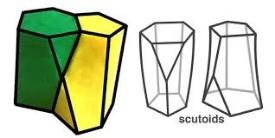
Scientists have discovered a new shape called scutoid while studying nature’s way of moulding tissue to form the skin, cavity linings and the building blocks of organs.
The shape has five sides on one end and six on the other and a triangular surface on one of its longer edges. Epithelial tissue, one of the four kinds of tissue that forms the human body, is composed of epithelial cells packed together in a particular formation that has been given a nifty name: scutoid.
2 - Ranjit Srivastava of India developed world's 1st Hindi-speaking Robot 'Rashmi'
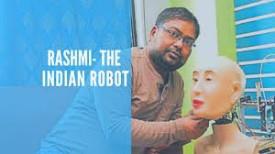
Ranjit Srivastava of Ranchi has developed Indian version of ‘Sophia,’ a social humanoid robot developed by a Hong Kong based company, named Rashmi which can speak Hindi, Bhojpuri and Marathi along with English.
Ranjit claims it to be the world’s first Hindi speaking realistic humanoid robot and India’s first lip-synching robot. Rashmi uses linguistic interpretation (LI), artificial intelligence (AI), visual data and facial recognition systems. The robot gives facial, eye, lips, and eyebrow expressions and it can move its neck.
3 - Gaganyaan Space Mission 2022
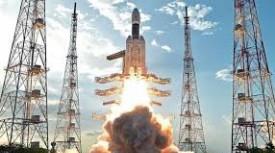
India's indigenous space project called "Gaganyaan", the manned space mission, is set to take place in 2022. It will be one of the major missions undertaken in India after the Chandrayaan-1 (October 2008) and Mars Orbiter Mission (MOM), also called Mangalyaan (September 2014).
Following this mission, India will become the fourth nation in the world after United States, Russia and China to undertake a manned space mission.
4 - NASA launched Parker Solar Probe mission to 'touch the Sun'
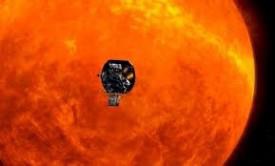
US space agency NASA has launched its mission to send a satellite closer to the Sun than any before. The rocket carrying the Parker Solar Probe was launched from Space Launch Complex 37 at Cape Canaveral Air Force Station, Florida in the US. The cost of the project is 1.5 billion US Dollar.
Parker Solar Probe, world's first mission to touch the Sun, will unlock the mysteries of star's fiery outer atmosphere called corona and its effects on space weather during the seven-year long journey.
5 - CSIR’s new patented Clot buster, PEGylated Streptokinase set to revolutionize the treatment of Strokes
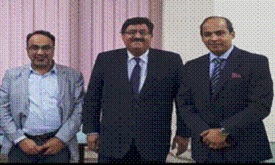
A new Clot buster, PEGylated Streptokinase - a Novel Biological Entity developed by Dr. Girish Sahni, DG, CSIR and Secretary, DSIR and his team of inventors at CSIR-Institute of Microbial Technology (CSIR-IMTECH), Chandigarh is all set to revolutionize the treatment of ischemic strokes. Ischemic stroke is a condition caused by a dysfunction in the supply of blood to the brain.
CSIR-IMTECH and Epygen Biotech Pvt. Ltd., Mumbai, have entered into an agreement for the latter to develop PEGylated Streptokinase for treatment of Ischemic Stroke.
6 - Chandrayaan-2 Lander to be named ‘Vikram’
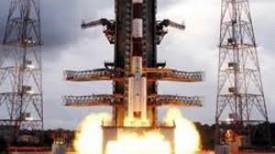
The lander on the Chandrayaan-2 mission, which is scheduled to be launched in January 2019, will be named ‘Vikram’ after Vikram Sarabhai, the father of Indian space programme.
This mission, unlike Chandrayaan-1 which only orbited the Moon, involves a Lander soft-landing on the lunar surface and unloading a Rover to study and take measurements from the Moon, while the orbiter will go around the Earth’s satellite.
7 - NASA spacecraft catch first glimpse of Bennu asteroid
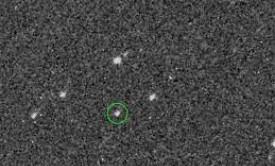
NASA’s Origins, Spectral Interpretation, Resource Identification, Security-Regolith Explorer (OSIRIS-REx) caught its first glimpse of Bennu, a carbonaceous asteroid. The makeup of the asteriod may record the earliest history of our Solar System.
After arrival at Bennu, OSIRIS-REx will spend the first month performing flybys of Bennu’s north pole, equator and south pole. It will briefly touch Bennu’s surface around July 2020 to collect at least 60 grams of dirt and rocks.
8 - Chandrayaan-I data confirms presence of ice on Moon
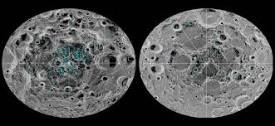
According to NASA, scientists have found frozen water deposits in the darkest and coldest parts of the Moon's polar regions. Scientists used data from NASA's Moon Mineralogy Mapper (M3) instrument aboard the Chandrayaan-1 spacecraft, launched in 2008 by the Indian Space Research Organisation (ISRO), to identify three specific signatures that definitively prove there is water ice at the surface of the Moon.
According to the study published in the journal PNAS, the ice deposits are patchily distributed and could possibly be ancient.
9 - MIT researchers develop in-body GPS system to track tumours
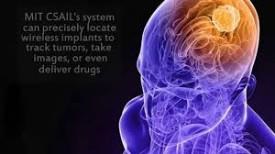
A team from MIT’s Computer Science and Artificial Intelligence Laboratory (CSAIL) led by Professor Dina Katabi have developed an in-body GPS system, called ReMix, which can identify the location of ingestible implants inside the body via low-power wireless signals.
These implants could be used as tiny tracking devices on shifting tumors to help monitor their slight movements.
10 - NASA, ULA Launch Parker Solar Probe on Historic Journey to Touch Sun
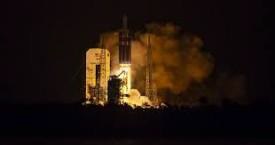
US space agency NASA has launched Parker Solar Probe rocket from Cape Canaveral, Florida to begin its journey to the Sun. The probe is set to become the fastest-moving manmade object in history. Throughout its seven-year mission, Parker Solar Probe will make six more Venus flybys and 24 total passes by the Sun, journeying steadily closer to the Sun until it makes its closest approach at 3.8 million miles.
The mission is named for Eugene Parker, the physicist who first theorized the existence of the solar wind in 1958.
11 - China successfully sent twin navigation satellites into space on single carrier rocket
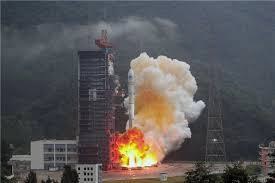
China successfully sent twin navigation satellites into the space on a single carrier rocket. Long March-3B carrier rocket lifted off from Xichang Satellite Launch Centre in southwest China's Sichuan Province this morning. It was the 283rd mission of the Long March rocket series.
The twin satellites entered orbit more than three hours after the launch. After a series of tests, they will work together with 10 other BeiDou-3 satellites already in orbit. The twin satellites were developed by the Innovation Academy for Microsatellites of the Chinese Academy of Sciences.



